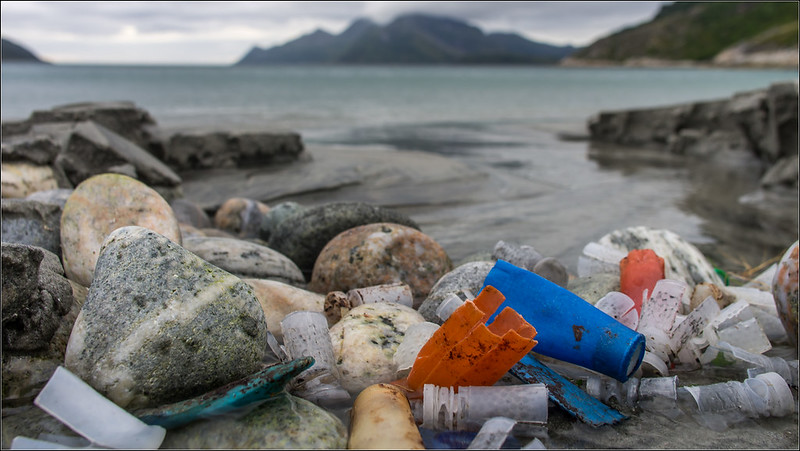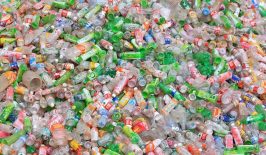The last few years has seen a sharp rise in the interest and attention paid to the issue of plastic waste and microplastics in our seas and oceans and there have been high profile, if in some cases still not entirely successful, attempts to improve the situation – such as with the Ocean Cleanup project, their new Interceptor initiative and even plastic waste-collecting drones.
Many of the proposed solutions, such as the Ocean Cleanup, concern collecting plastic once it has already arrived in the seas. However, locating this plastic in the first place can be a problem. Although there are massive clusters of broken down plastic pieces in our oceans, such as the Great Pacific Garbage patch, many of these frequently change position as they are pulled around by the ocean’s currents and gyres.
Any effective collection method – in order to save money and resources – is going to need to be able to pinpoint the location of the plastic before going in to clean it up. That’s where new research from the Plymouth Marine Laboratory and the University of the Aegean comes in. In a paper published in Nature Scientific Reports, the team illustrated how high resolution satellite images can be used to detect and identify “macroplastics” – plastics larger than 5mm – in seas and oceans.
The team used images from the European Space Agency’s Sentinel-2 satellite, which provides unprecedented high-resolution images of large portions of the Earth every 5 days. The researchers then developed a method to identify the optical signatures of light wavelengths commonly found in floating plastic trash piles – allowing them to accurately spot these from space.
However, it is not as simple as merely taking high-quality photographs and then sifting through them. There would be far too much information for human workers to ever efficiently deal with the workload. Therefore, it was also imperative that an artificial intelligence system was developed which could scan the satellite images for evidence of plastic build up.
To train their artificial intelligence algorithm, the team developed a trial off the shore of Lesbos in the Aegean Sea. Firstly, plastic refuse – such as bottles, fishing nets and plastic bags – was gathered up and then loaded onto platforms which were then floated out to sea – to act as a fake seaborne patch of plastic which the team could control and locate.
The AI was then tasked with processing images of the barges to see whether it could accurately identify them against the other natural objects in the sea – such as wood, seafoam and seaweed. Once the results were in, the team discovered their algorithm was able to differentiate the barge from other materials 86 percent of the time.
Project lead Lauren Biermann suggests that the results are a step closer to combining the expertise of marine environmentalists with that of satellite-sensing experts. Furthermore, the technology is not limited to the Sentinel-2 satellite, but could also work with any remote sensing platform that can provide high enough resolution images, such as other satellites or even drones for a more local survey.
Hopefully, technology such as plastic identifying algorithms can speed up the process and reduce the costs involved in plastic waste clean-ups, thereby making it more attractive to government and commercial agencies. Of course, part of this solution may also require specialised collection equipment, and it is very likely cheaper and more effective to prevent plastics entering our rivers, seas and oceans in the first place.
This isn’t the first time the Sentinel-2, which takes high-res images of much of the world every five days, has been used to spot pollutants from space. Previously RESET has covered research that has used Sentinel images to locate sulphur dioxide within the Earth’s atmosphere, pinpointing where it comes from and also tracking where and how it travels.






